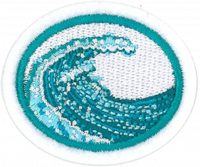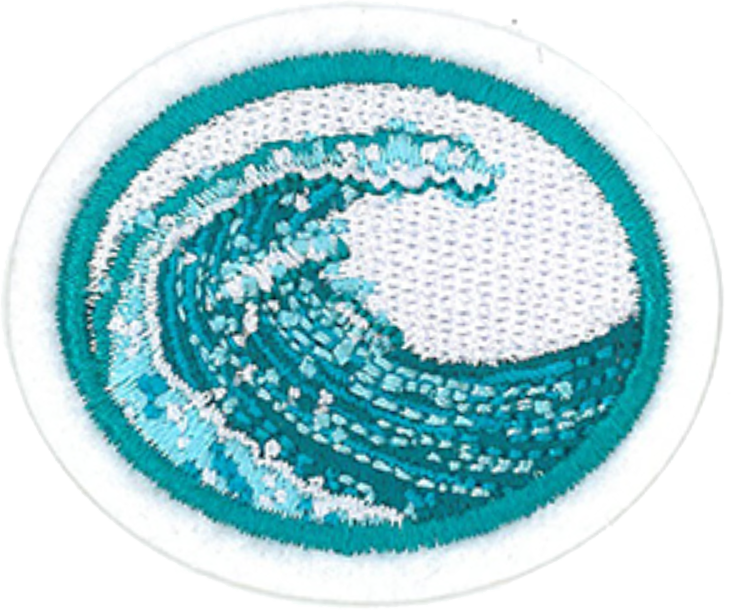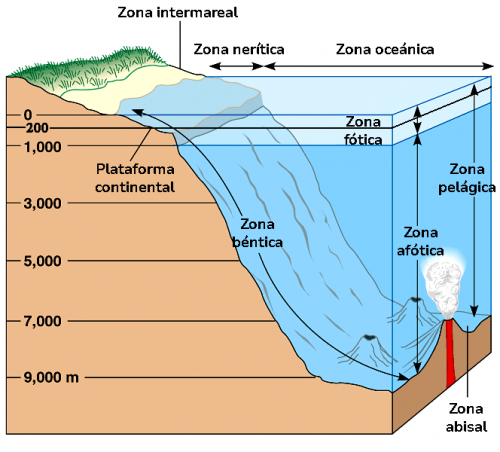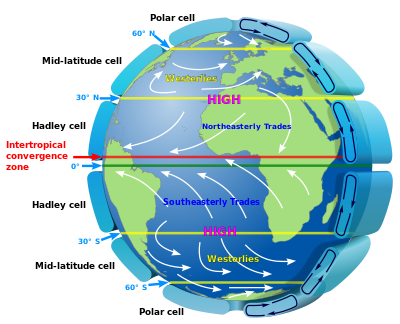Difference between revisions of "AY Honors/Oceans/Answer Key/es"
(Updating to match new version of source page) |
(Created page with "{{clear}}") |
||
| Line 145: | Line 145: | ||
{{clear}} | {{clear}} | ||
| − | + | {{clear}} | |
| − | |||
| − | |||
| − | + | {{clear}} | |
| − | |||
| − | |||
| − | + | {{clear}} | |
| − | |||
| − | |||
| − | + | {{clear}} | |
| − | |||
| − | |||
| − | {{clear}} | ||
| − | |||
| − | |||
<div lang="en" dir="ltr" class="mw-content-ltr"> | <div lang="en" dir="ltr" class="mw-content-ltr"> | ||
Revision as of 00:41, 9 March 2022
1
1a
1b
1c
71%
2
2a
2b
2c
i
ii
3
4
4a
4b
5
5a
5b
5c
5d
6
6a
6b
The sun affects the tides in the same way that the moon does, but the sun has a much lesser pull on the oceans than the moon does, because it is much farther away, and therefore the effect is much smaller. But it does have an effect, which is what accounts for the the neap and spring tides. When the sun and moon are 90 degrees apart, they do not work together to reinforce the tidal effect. One of them will be trying to cause a high tide, and the other will be trying to cause a low tide, so the high tide is not as high, and the low tide is not as low (a neap tide). When the sun, moon, and earth are in a straight line, they do work together to make the high tides higher, and the low tides lower, thus giving us the spring tide. Therefore, we get a spring tide when we have a new moon (when the moon and sun are both on the same side of the earth) and when we have a full moon (when the sun and moon are on opposite sides of the earth). The neap tides occur at the first quarter moon and three quarter moon.
6c
7
7a
7b
7c
7d
- i. Usar un utensilio de escritura azul para representar las corrientes frías y densas.
- ii. Usar un utensilio de escritura rojo para representar las corrientes cálidas menos densas.
- iii. Etiquetar los océanos por los que pasa la cinta transportadora oceánica.
7e
7f
7g
8
9
9a
9b
9c
10
11
11a
11b
11c
12
12a
12b
12c
12d
12e




